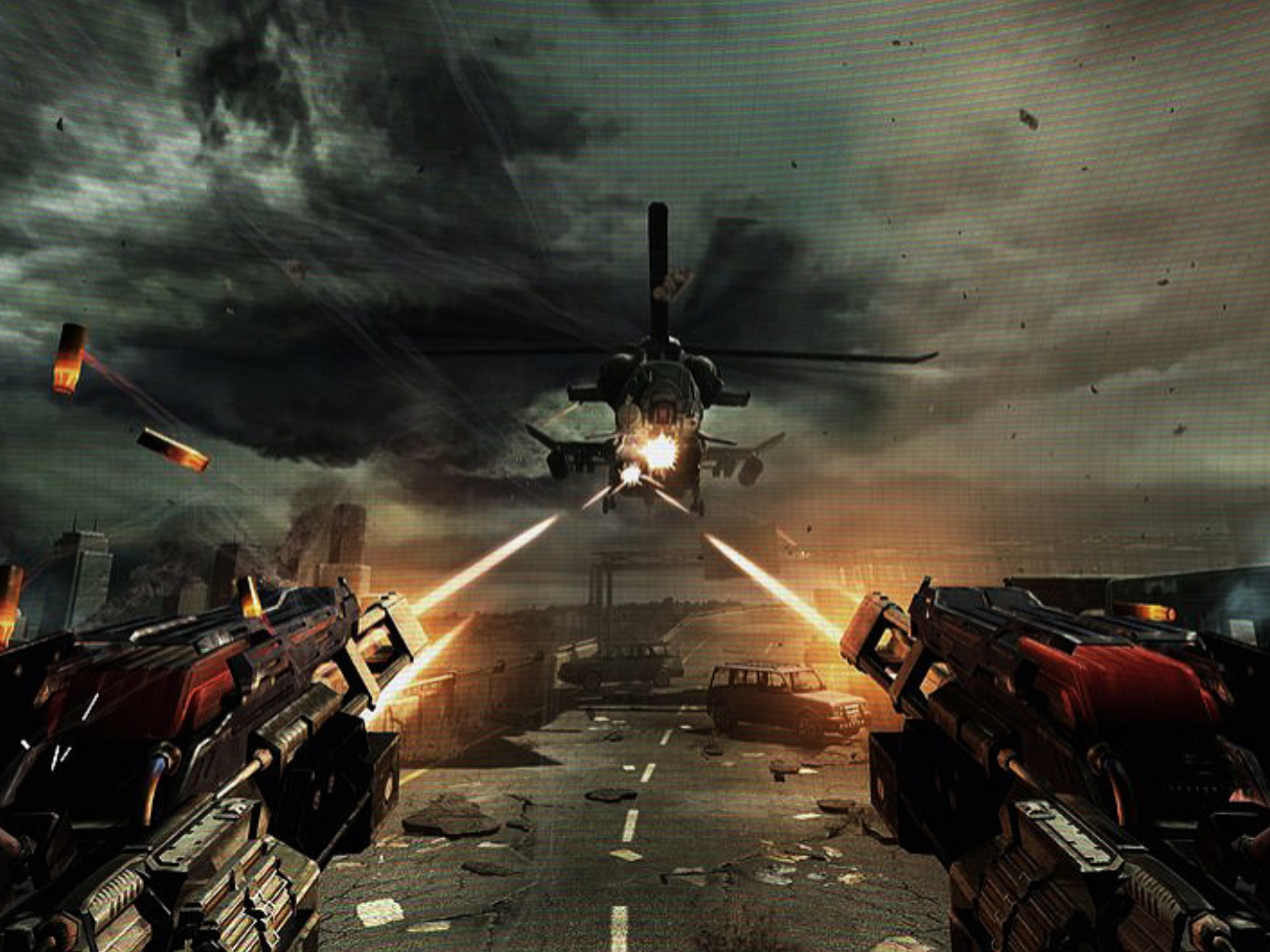Title: Redefining Urban Planning: The "Pedestrian Crossing Sign Installer Simulator VR" Place Missions Expansion
Introduction to the Expansion
The virtual reality (VR) gaming landscape has continually evolved, offering players immersive experiences that transcend traditional entertainment. Among these innovations, simulation games have carved a unique niche, allowing users to step into roles that mirror real-world professions. "Pedestrian Crossing Sign Installer Simulator VR" stands out as a prime example, blending mundane tasks with engaging gameplay. Its latest expansion, "Place Missions," elevates this concept by introducing dynamic urban planning challenges, transforming players into key decision-makers in virtual cityscapes. This expansion not only enhances gameplay but also underscores the importance of pedestrian safety and infrastructure design.
Core Gameplay Mechanics
In the base game, players assume the role of a pedestrian crossing sign installer, tasked with placing signs at designated locations based on urban blueprints. Using VR controllers, they drill, mount, and secure signs while adhering to safety protocols. The "Place Missions" expansion builds upon this foundation by incorporating a strategic layer: players must now analyze traffic flow, pedestrian density, and accident statistics to determine optimal sign placements. Each mission presents a unique urban environment—from bustling downtown districts to quiet suburban neighborhoods—requiring adaptability and critical thinking.
For instance, in one mission, players might be dropped into a virtual city with high pedestrian traffic but inadequate crossing points. Using a data overlay, they assess near-miss incidents and congestion hotspots before selecting installation sites. The VR interface includes tools like a traffic heatmap and a pedestrian movement simulator, allowing players to test their decisions in real-time. Incorrect placements lead to increased virtual accidents, while successful installations improve traffic efficiency and safety ratings.
Immersive Urban Planning Elements
The "Place Missions" expansion emphasizes realism through its attention to detail. Urban layouts are inspired by real-world cities, featuring complex intersections, school zones, and commercial areas. Players must consider factors such as visibility (e.g., ensuring signs are not obstructed by trees or buildings), compliance with local regulations (e.g., minimum distance requirements from curbs), and environmental conditions (e.g., rain or fog affecting driver visibility). This depth transforms the game from a simple simulator into a thoughtful exercise in urban planning.
Moreover, the expansion introduces a "Community Feedback" system. After completing installations, players receive virtual reports from city residents—praise for reducing jaywalking or complaints about misplaced signs. This mechanic mirrors real-world public engagement, encouraging players to balance data-driven decisions with community needs. The VR environment amplifies this immersion; the hum of traffic, the chatter of pedestrians, and the tactile feedback of tools create a palpable sense of responsibility.

Educational and Societal Impact
Beyond entertainment, "Place Missions" serves an educational purpose. It highlights the intricacies of urban design, fostering awareness about how small infrastructure changes can enhance public safety. Players gain insights into the challenges faced by city planners, such as budget constraints (simulated through limited resources per mission) and time pressures (e.g., completing installations before rush hour). Schools and universities could leverage this expansion as a teaching tool for civil engineering and urban studies courses, offering a hands-on complement to theoretical lessons.
The game also promotes societal values like empathy and civic duty. By virtually experiencing the consequences of poor planning—such as increased accidents—players develop a deeper appreciation for the role of infrastructure in everyday life. This aligns with global initiatives like the UN's Sustainable Development Goals, particularly Target 11.2, which aims to provide safe and sustainable transport systems for all by 2030.
Technical Innovations and Player Engagement
The expansion leverages cutting-edge VR technology to enhance player engagement. Haptic feedback systems simulate the resistance of drilling into concrete, while spatial audio cues alert players to approaching vehicles or pedestrians. The "Place Missions" also feature a progressive difficulty curve; early levels focus on simple installations, while advanced missions require coordinating with AI-controlled traffic lights or designing entire crosswalk networks.
A new "Sandbox Mode" allows players to create custom urban scenarios, share them with the community, and compete on leaderboards for the most efficient designs. This user-generated content extends replayability and fosters a collaborative ecosystem. Additionally, the expansion supports multiplayer co-op, where teams divide tasks—one player analyzing data, another operating tools—emulating real-world teamwork in urban projects.
Conclusion: The Future of VR Simulations
The "Place Missions" expansion for "Pedestrian Crossing Sign Installer Simulator VR" exemplifies how niche simulators can evolve into impactful experiences. By merging meticulous gameplay with educational undertones, it sets a new standard for VR applications beyond gaming. As technology advances, such simulations could become integral to professional training, allowing urban planners to visualize and test ideas in virtual environments before implementation. For now, players can enjoy the unique satisfaction of building safer virtual cities—one crossing sign at a time.
Tags:
VR Gaming, Simulation Games, Urban Planning, Pedestrian Safety, Virtual Reality, Educational Games, Infrastructure Design, Traffic Management, Civic Engagement, VR Expansion


















